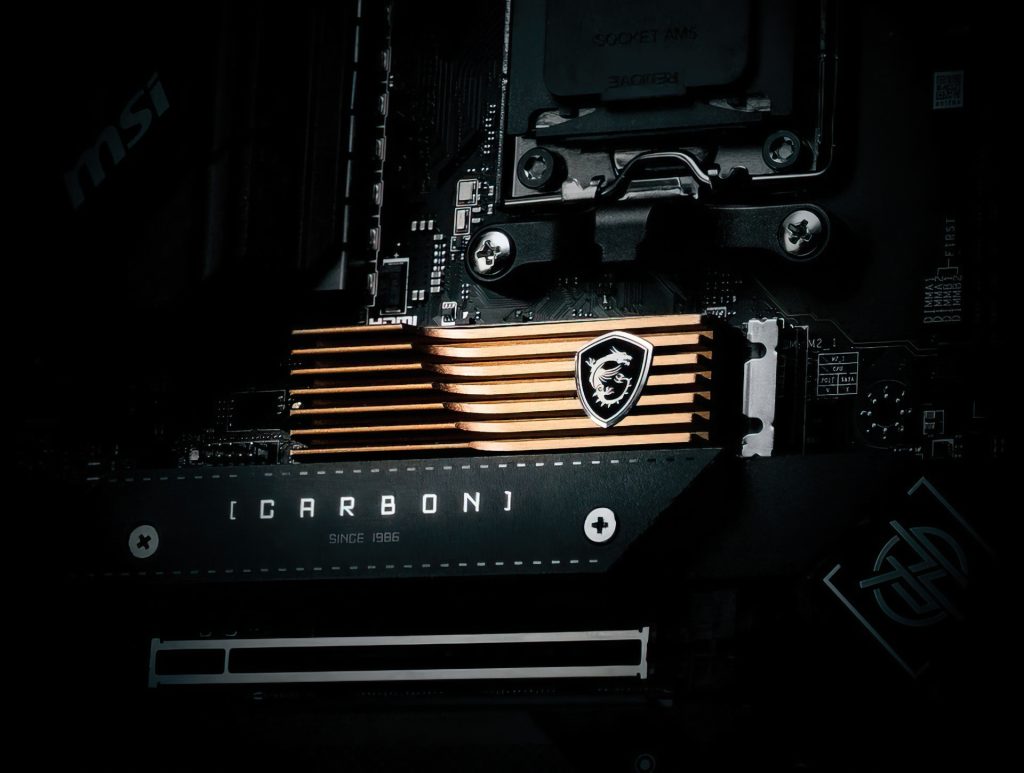MSI is launching two new M.2 SSDs to expand its storage solution portfolio further. Aimed at the mainstream segment, the MSI Spatium M460 M.2 SSD is the company's latest PCIe 4.0 SSD. The other is the Spatium M570, MSI's first PCIe 5.0 M.2 SSD.
Available with 250GB, 500GB, 1TB, and 2TB storage options, the Spatium M460 (HS) PCIe 4.0 SSD offers maximum speeds of 5000MB/sec sequential read and 4500MB/sec sequential write. For increased reliability, you can count on LPDC ECC and E2E Data Protection for error correction, allowing the device to endure up to 1200TB of data written. There is also an optional bronze-coloured aluminium heatsink available, which can reduce the SSD's temperature by up to 20°C.

The upcoming Spatium M570 PCIe 5.0 M.2 SSD will be the company's new flagship storage drive for consumers. MSI's PCIe 5.0 SSD is the company's fastest, capable of sequential read speeds of over 12GB/s and sequential write speeds hitting the 10GB/s mark. Those speeds are only possible due to the combination of its Phison PS5026-E26 PCIe Gen 5 controller, high-quality 3D NAND flash, and aluminium heatsink. This M.2 SSD will be available with 1TB, 2TB, or 4TB of storage capacity.
Pricing and availability details have not been shared for any of the products. However, considering the prices of the M470 and M450, the M460 should come in at just over £100 for the 1TB model. The Spatium M570, however, will undoubtedly carry a premium price, meaning the 1TB model will probably go significantly more.
Discuss on our Facebook page, HERE.
KitGuru says: PCIe 5.0 SSDs are becoming more common, and that will only increase now that AMD and Intel will launch two new platforms supporting the storage standard.
 KitGuru KitGuru.net – Tech News | Hardware News | Hardware Reviews | IOS | Mobile | Gaming | Graphics Cards
KitGuru KitGuru.net – Tech News | Hardware News | Hardware Reviews | IOS | Mobile | Gaming | Graphics Cards

